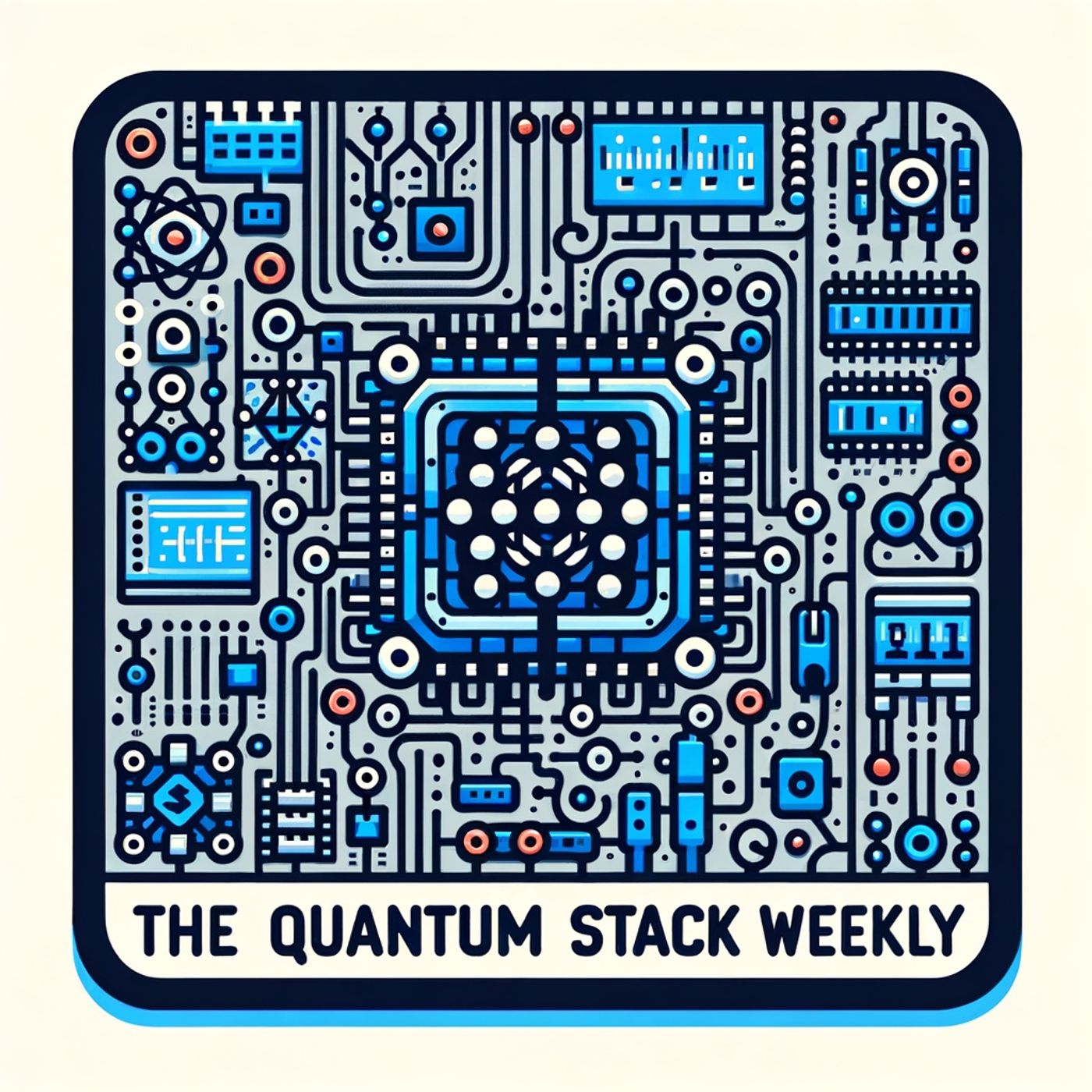Listen "Kyoto's Quantum Leap: Entangling the W State, Unlocking Teleportation"
Episode Synopsis
This is your The Quantum Stack Weekly podcast.Today’s Quantum Stack Weekly takes you straight into the photon-lit corridors of Kyoto University, where—late last night—an achievement flickered that could fundamentally shift the world’s quantum horizon. I’m Leo, your Learning Enhanced Operator, and in the realm of quantum information, the lines between science fiction and hard reality have never been thinner.Yesterday, Shigeki Takeuchi and his team blew the dust off a 25-year-old puzzle: how to entangle and measure what physicists call the W state—a unique form of multi-particle quantum entanglement. Picture three photons not just linked, but woven together in a symmetry so balanced that every swap, every dance of energy, preserves the quantum melody. The breakthrough? For the first time, this group has experimentally demonstrated an entangled measurement for a three-photon W state, using a stable optical quantum circuit that hums quietly, no active control needed, even as it manipulates the delicate qubits of light themselves.Here’s why this matters. In classical computing, data moves like commuters on city streets: one by one, stop by stop. But in the quantum city, it’s as if every possible street, intersection, and shortcut are explored at once. The W state unlocks teleportation, but not in the science fiction sense—instead, it enables the faithful transfer of quantum information across networks, making secure communication and distributed computation practical. It’s like synchronizing every clock in a city instantly, rather than ticking away one by one.The Kyoto device is remarkable not merely for measuring this elusive W state, but for doing so with fidelity—the probability it gets the quantum answer right—at groundbreaking levels. Using three single photons in specific polarization states, the circuit distinguishes between each possible W state output. What’s next? Takeuchi’s team is scaling this for more photons, working toward on-chip photonic quantum circuits. That means quantum teleportation, secure messaging, and even advanced quantum sensors could one day ride on the backbone of everyday silicon.This breakthrough doesn’t exist in a vacuum. The global quantum race is fierce: look at PsiQuantum ramping up photonic technologies to a million qubits in partnership with the world’s biggest fabs, or Los Alamos scientists using quantum Fourier transforms to untangle mathematical knots once considered unbreakable. But it’s these tactile, lab-bench moments of entanglement—light weaving through glass, photons dancing in synchrony—that remind me quantum phenomena aren’t just math, but matter.Quantum tells us that reality is fundamentally uncertain, and every breakthrough echoes in the world outside the lab—uncertainty isn’t a bug, it’s the fuel that drives discovery. Imagine the resilience our societies could have if we accepted, and engineered with, uncertainty rather than fighting it. That’s quantum logic for daily life.Thank you for tuning in to The Quantum Stack Weekly. If you have questions or topics you want unpacked on air, please drop me a note at [email protected]. Don’t forget to subscribe, and remember—this is a Quiet Please Production. For more, check out quietplease.ai.For more http://www.quietplease.aiGet the best deals https://amzn.to/3ODvOtaThis content was created in partnership and with the help of Artificial Intelligence AI
More episodes of the podcast The Quantum Stack Weekly
Quantum Fusion: QuEra and Dell Ignite Hybrid Computing at SC25 | The Quantum Stack Weekly
24/11/2025
Quantum Leap: Harvard Cracks Code to Error-Free Qubits, Paving Way for Practical Quantum Computing
17/11/2025
 ZARZA We are Zarza, the prestigious firm behind major projects in information technology.
ZARZA We are Zarza, the prestigious firm behind major projects in information technology.
